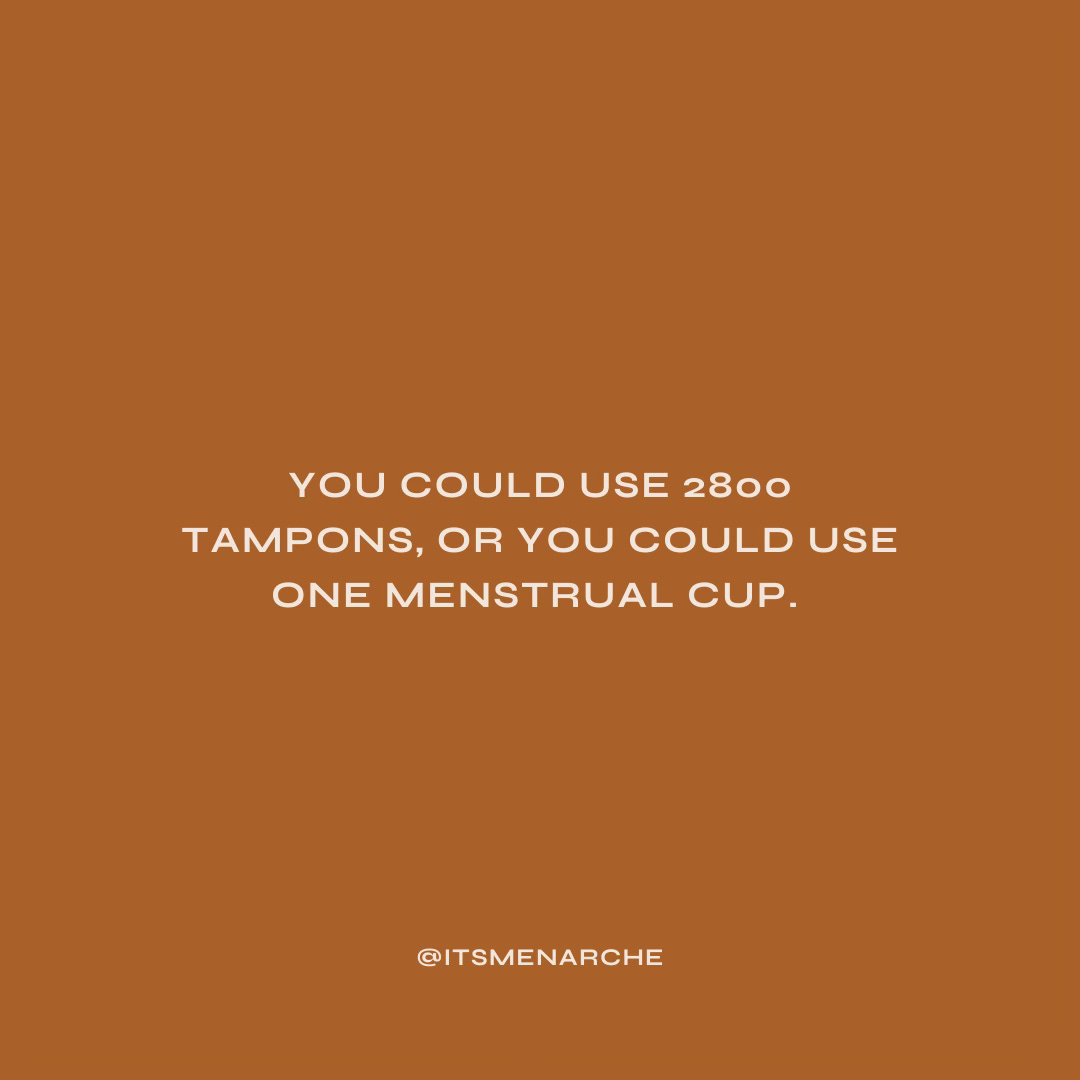What is Beauty Justice?
How and why beauty justice is necessary for the safety of Black women and girls
What happens when the products marketed to Black and Brown women and girls—like cosmetics, bleaching creams, hair relaxers, and menstrual products—contain chemicals that disrupt our hormones, increase bleeding, or cause long-term harm to our reproductive systems?
I'm sure you’ve seen the articles and case studies regarding the toxins found in synthetic braiding hair. There’s also more details on the case studies and clinical trials regarding hair relaxers and the connection to uterine and ovarian cancers. Personally, I’ve know about this for years. I’m happy this information is more public now.
Beauty justice is understanding the health effects of toxic chemicals in personal care products, protecting those most vulnerable, and fighting to get toxins out of those products and proper labeling. Please understand that what touches our skin enters our bodies. And the fight for clean, accessible, safe products is the fight for bodily autonomy.





Recently, I was a panelist at the Black Women for Wellness’s Beauty Justice Conference in LA. I touched on the important of reproductive justice to include menstrual equity and how the many issues faced by those with a period. From lack of access to safe period products to no mandatory menstrual health curriculums in institutions, and the toxic chemicals that have been in our pads and tampons for decades. Harmful chemicals show up in pads, tampons, wipes, soaps—even the packaging, which can impact bleeding, often contributing to heavy, painful periods. So it’s important to know what to look out for when you’re shopping. Makeup, hair products, skincare, baby products, perfumes, nail products, body care, and period products may can contain common toxic chemicals.
Below I’ve listed personal care category and common toxic chemicals found in them.
🧼 Body Care (Washes, Soaps, Moisturizers)
Sodium Lauryl Sulfate (SLS) / Sodium Laureth Sulfate (SLES) – Skin irritants and may be contaminated with carcinogens.
Fragrance – Can include phthalates and allergens. (diethyl phthalate (DEP)
Triclosan – Antibacterial agent linked to hormone disruption.
Mineral Oil / Petrolatum – Can be contaminated with carcinogens if not properly refined.
Parabens – Used as preservatives; linked to breast cancer and hormone disruption. (e.g., methylparaben, propylparaben).
Phenoxyethanol – Preservative that can cause skin and eye irritation.
🧖🏾♀️ Feminine Care (Pads, Tampons, Washes)
Dioxins – By-products of chlorine bleaching in pads/tampons. e.g., 2,3,7,8-Tetrachlorodibenzo-p-dioxin (TCDD)
Phthalates – Found in fragranced products; endocrine disruptors. Diethyl Phthalate (DEP), Di-n-butyl phthalate (DBP)
Triclosan – Used in “antibacterial” washes or wipes.
Formaldehyde-releasing preservatives – Found in wipes and washes (e.g., DMDM hydantoin).
Quaternium-15
🧼 Facial Cleansers & Toners
Alcohol Denat. – Can dry out and damage the skin barrier. (Ethanol)
PEGs (Polyethylene Glycols, PEG-100 Stearate) – May be contaminated with carcinogens. (Polyethylene glycol compounds)
Synthetic dyes (FD&C colors) – Linked to skin sensitivity and reproductive issues. Tartrazine (FD&C Yellow No. 5)
💄 Makeup (Foundation, Lipstick, Mascara, etc.)
Talc (possibly contaminated with asbestos) – Found in powders and eyeshadows. Mg₃Si₄O₁₀(OH)₂ (may be contaminated with asbestos)
Lead (Pb)– Sometimes found in lipstick and eyeliner.
BHA/BHT (Butylated Hydroxyanisole) – Preservatives that may disrupt hormones and be carcinogenic.
Siloxanes (Dimethicone) – Linked to reproductive and endocrine toxicity. Polydimethylsiloxane (PDMS)
🧴 Hair Care (Shampoo, Conditioner, Styling Products)
SLS/SLES – Harsh surfactants. (Sodium Lauryl Sulfate)
Parabens – Preservatives. (Methylparaben, Propylparaben)
Isopropyl Alcohol – Can cause scalp dryness and irritation.
Formaldehyde-releasing preservatives – Often in keratin treatments (Diazolidinyl urea, quaternium-15).
🪒 Shaving Creams & Depilatories
Triethanolamine (TEA) – Can form nitrosamines, a possible carcinogen.
Fragrance – Allergen and hormone disruptor.
Propylene Glycol – Skin irritant.
🧂 Deodorant & Antiperspirants
Aluminum Compounds – Linked to breast cancer concerns and Alzheimer’s (though still debated). Aluminum Zirconium Tetrachlorohydrex Gly – Complex aluminum salt compound
Parabens – Endocrine disruptors. (Propylparaben / Butylparaben)
Fragrance – Causes hormonal disruption.
Cyclopentasiloxane - Causes irritation
Dr. Tamarra James-Todd is a Harvard professor who has been studying the chemicals in hair products and their links to reproductive-health disorders in Black women for 20 years. Even though we (Black, Indigenous, Latino women) rarely participate in clinical trials, there are plenty of us that are doing the work in producing studies. Get familiar with Dr. James Todd and other groups like Black Women for Wellness that are fighting for beauty justice and a safer future. Educate yourself and others, and vow to make different choices.
Use Protect ya neck. Protect ya pussy! It’s real dirty out here.
Your Period Doula,
Chelsea.
Links for your Knowledge:
For Black Women, Traction Alopecia Costs us More than Our Hair
The Disturbing Truth About Hair Relaxers
What to Know About Chemical Hair Relaxers and Health
First Toxicity Study Finds Lead and Arsenic in Popular Tampon Brands 



